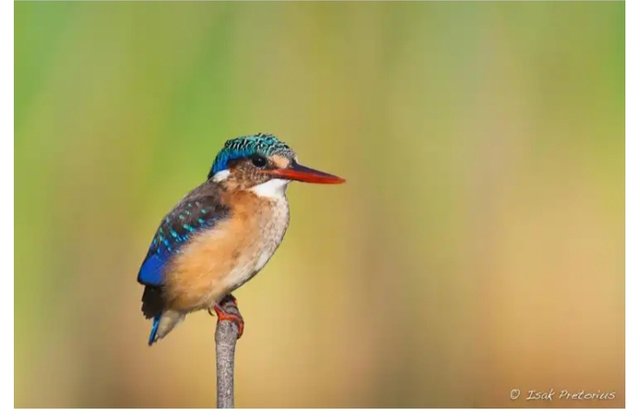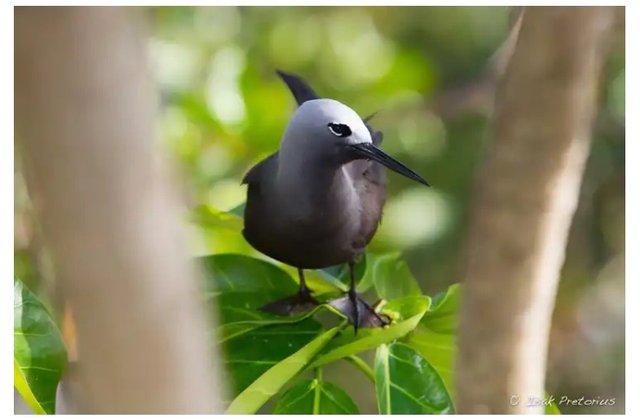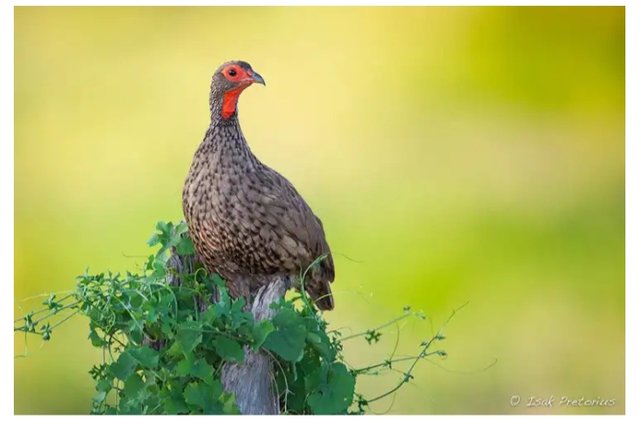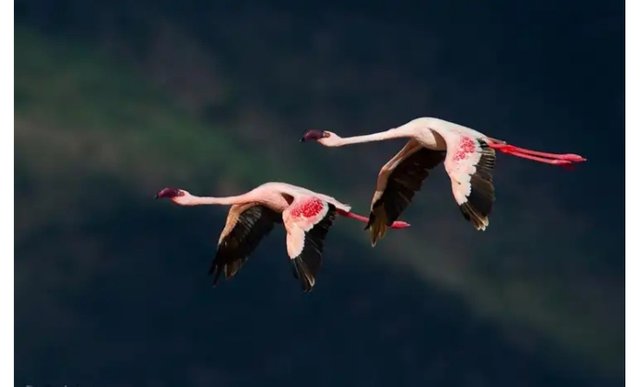DSLR ANIMALS.....PHOTOGRAPHY 1000S WORD.....
Single Autofocus Point
Most camera's (counting DSLR and "simple to use") will as a matter of course concentrate anyplace in the edge. It may have concentrated on the tree out of sight rather than grandmother's face in that family representation you took. YOU ought to be responsible for where the camera will center and not simply the camera, which is the situation if the camera is in Auto mode!

When you utilize a solitary self-adjust point you can move it around inside the casing and place it regarding the matter that you need in center. This will make the camera concentrate just with respect to the casing that you chose, disregarding the rest.
To empower the single self-adjust mode you have to change from Auto mode and select Program (P) or any of the inventive modes, Aperture Priority (Av/A), Shutter Priority (Tv/S) or Manual (M). Select the single self-adjust mode and glance through your viewfinder to move the center point onto your subject.
Isak Pretorious | DSLR Tip 1 |Single Autofocus Point
Noddy, Seychelles
1/500 sec at f/5.6, ISO 500 | 1D Mark IV + 70-200mmf/2.8 | Av, - 1/3 ev
- Introduction Compensation
Have you at any point taken a photograph that turned out much too splendid and with no of the dim immersed tones you anticipated? Or then again perhaps that fledgling in the tree that you endeavored to photo was an insignificant outline with no detail in the face? It's troublesome for any camera to assess a scene and anticipate what the right introduction ought to be.
The camera just observes the dim and brilliant tones and endeavors to normal it out to make an even introduction, however when you have a precarious lighting circumstance where there ought to be more dim tones than splendid ones for instance, the camera will get the presentation wrong and that is the place YOU need to take control. 'Presentation remuneration' is the capacity to use to control the introduction. It is the dial on the camera with a size of - 2 to +2.

At the point when the photograph is too brilliant you ought to underexpose (e.g. set introduction remuneration to - 1 ev), and when the photograph is excessively dim you ought to overexpose (e.g. set introduction remuneration to +1 ev). The presentation remuneration work just works in Program (P) and the imaginative modes, Aperture Priority (Av/An) and Shutter Priority (Tv/S).
Isak Pretorious | DSLR Tip 2 | Exposure Compensation
Lesser flamingoes, Lake Naivasha in Kenya
1/2500 sec at f/8, ISO 400 | 1D Mark IV + 600mmf/4 | Av, - 1 ev
- Streak
In a few circumstances it is basic to utilize blaze to "make" a photograph. A subject in the shade with a splendid bright foundation, filling in those dim shadows inside a subject in shady conditions, or displaying that panther in a tree against an orange sky. Auto mode on any camera does not enable you to intentionally turn the glimmer on.
The camera will make its own judgment on adding blaze to a scene. Not exclusively will you not have the capacity to utilize streak when YOU see fit however it winds up irritating when the blaze flies up naturally when you need to photo a dull scene without including streak. To be accountable for streak use you have to change the camera to Program (P) or any of the imaginative modes, Aperture Priority (Av/A), Shutter Priority (Tv/S) or Manual (M).

The blaze will never fire consequently except if you enact it by either lifting up the fly up glimmer of exchanging the outer blaze unit on. This places YOU responsible for making those shocking photographs you've constantly needed!
Isak Pretorious | DSLR Tip 3 |Flash
Swainson's spurfowl, Kruger National Park in South Africa
1/200 sec at f/4, ISO 100 | 5D Mark II + 600mmf/4 | Av, +1/3 ev, fill streak
- Consistent Focus
Most camera's are naturally set to ONE SHOT FOCUS (One shot/AF-S). While this is the right setting for capturing representations of static subjects, when you need to photo any moving subject you have to make sure to change this to CONTINUOUS FOCUS (AI Servo/AF-C). With one shot center the camera would just concentrate once, when you press the screen catch mostly down.

It could never re-center, regardless of whether the subject moves, until the point that you take the photograph or refocus by squeezing the shade catch most of the way in again. With CONTINUOUS FOCUS the camera will ceaselessly center, where the center point is gone for, while you press the screen catch mostly down. Hence, the lion will dependably stay in center as he strolls towards you, as long as the camera is set to CONTINUOUS FOCUS and you maintain the attention point on the eye of the lion.
Most picture takers regularly switch between ONE SHOT FOCUS and CONTINUOUS FOCUS contingent upon their subject. Keep in mind that CONTINUOUS FOCUS must be empowered in Program (P) and the inventive modes, Aperture Priority (Av/A), Shutter Priority (Tv/S) or Manual (M).
Isak Pretorious | DSLR Tip 4 | Continous Autofocus
African Fish Eagle, Okavango Panhandle in Botswana
1/2000 sec at f/5, ISO 1000 | 1D Mark III + 600mmf/4 | M
- Opening Priority
Opening need is the mode that outside picture takers frequently utilize. I utilize this mode presumably 90% of the time. In this mode YOU select both the opening (otherwise called the f-stop) and ISO at which you need to photo, while the camera will naturally choose the shade speed to make the coveted presentation. The opening (f-stop) controls your profundity of field.
A little f-stop like f/4 renders a shallow profundity of field where the subject is in center and the foundation is obscured. This makes an extraordinary impact in natural life photographs, making a creature emerge from the foundation. Another preferred standpoint of utilizing a little f-stop is that it yields a quick screen speed. A huge f-stop like f/16 renders a profound profundity of field where everything in the photograph is in center.
This impact is required in scene photographs or to grandstand a creature in its condition. Note that a huge f-stop typically yields a moderate screen speed where a tripod or relentless hand is required to take sharp photographs. I utilize opening need for all representation and activity photographs where I need to solidify the movement.
Isak Pretorious | DSLR Tip 4 | Aperture Priority
Malachite Kingfisher, Marievale Bird Sanctuary in South Africa
1/2000 sec at f/6.3, ISO 640 | 1D Mark III + 600mmf/4 + 1.4x | Av, +1/3 ev